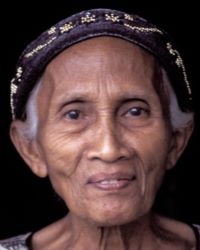Rambangs speak Central Malay.
The Rambang are inclined to live simply. Agriculture is the principal economic activity in the area, and rice is the main crop. The Rambang practice a bilateral inheritance system, which means that one's descent is traced through both the mother and father.
Rambang society is rich in various rituals oriented towards the natural environment, such as the life cycle, with birth and death rituals, and Buang Juang, a farewell ceremony when one leaves the village to find work. Other rituals relate to special natural phenomena such as lunar and solar eclipses, requests for rain, earthquakes and others.
The Rambang highly value competitions in reading the Koran, the scripture of Islam. They aspire to attend the Islamic Hajj pilgrimage to Mecca. They are dedicated Sunni Muslims.
Only about one in a thousand is a Christian of any kind. Their culture is centered around Islam, and they are unlikely to tolerate religious change.
Pray for Rambang to have dreams and visions that will draw them to the Lord of lords.
Pray for loving and committed Christian workers to go to them.
Pray for spiritual hunger and discernment so they can see the value of the risen Christ.
Pray for vibrant Christians from other parts of Indonesia to take the gospel to the Rambang.
Scripture Prayers for the Rambang in Indonesia.
| Profile Source: Joshua Project |

























